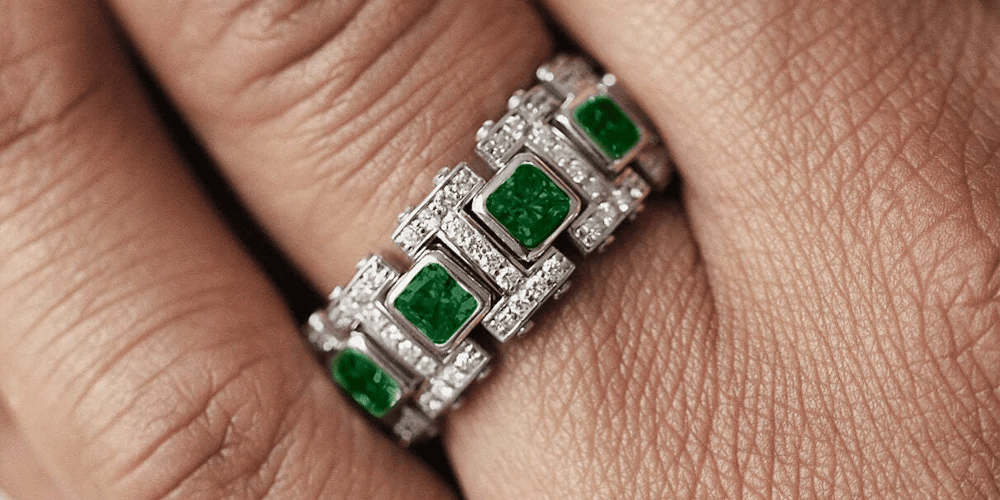What Are The Four C’s?
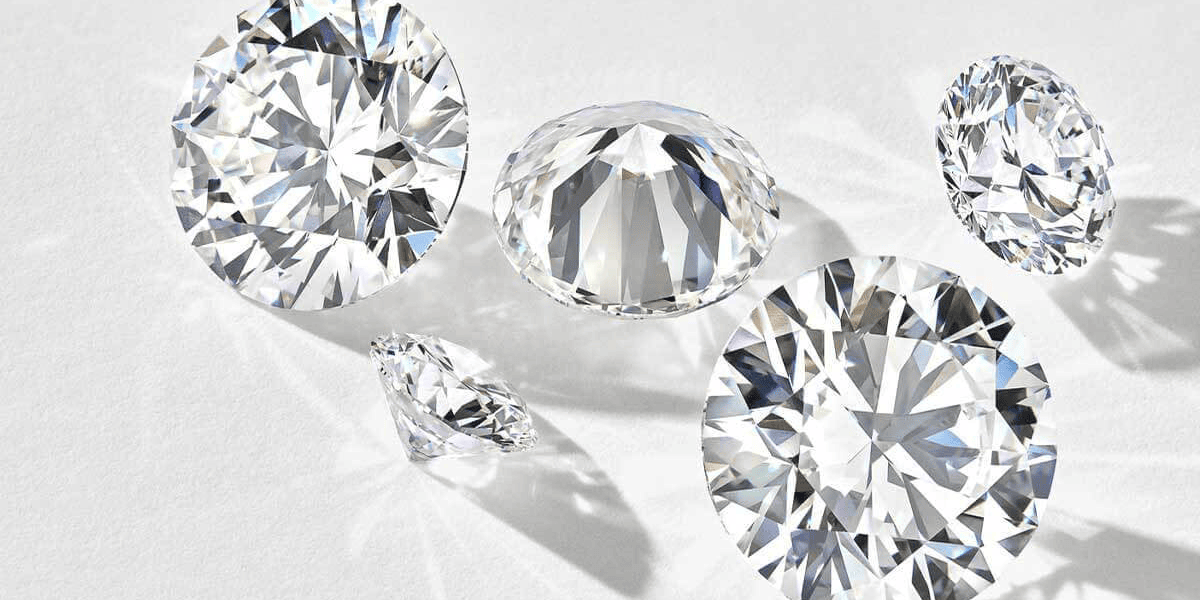
The Four C’s
Intro:
If you’re shopping for diamonds, you want to be sure you’re getting the perfect stone for your needs. In order to feel comfortable with your decision, you need to know the basics of diamond classification. Diamonds are classified based on their Four C’s, or their cut, color, clarity, and carat weight. These four key aspects of the diamond are what differentiates an excellent diamond from an average one. Here at Rockford, we only accept diamonds that top the charts in each of the following categories.
Cut

Diamonds are widely known for their ability to sparkle and shine, and this characteristic originates from the diamond’s cut. The cut of the stone is often associated with the shape of the diamond, such as baguette, pear, or round, but this is false. The cut of the diamond actually refers to the diamond’s ability to refract light.

Per the GIA standard, diamond cuts are rated as Excellent, Very Good, Good, Fair, and Poor. This rating is generated based on the symmetry of facets in the diamond, as well as the weight to diameter proportions, and the craftsmanship involved in cutting the diamond.
The more symmetrical and faceted the diamond is, the more valuable it is. Similarly, the diamond depth has an impact on how reflective, and how valuable, the diamond will be.

Perfectly cut diamonds will allow light to enter through the table, or flat surface of the diamond, and bounce around the multiple interior facets before exiting back through the table of the diamond, creating a captivating light show of reflections and refractions. Less ideal diamond cuts allow light to enter and exit the stone from differentiating angles.
The Rockford Standard
All diamonds used by Rockford are fully cut, meaning they have 58 different facets or faces. This standard applies to every diamond no matter the size. From melee diamonds to 1ct stones, Rockford rings are only made with the finest options available.
Color
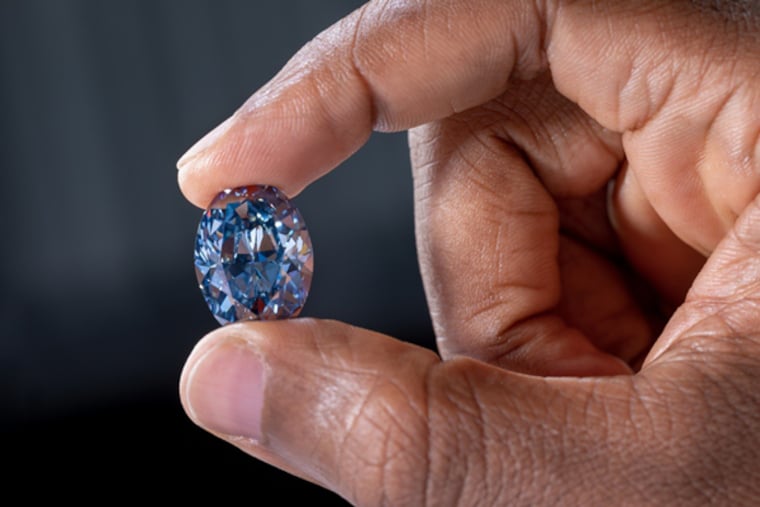
When it comes to diamond color, we’re actually talking about the lack of color. Diamond colors are rated on a D-Z scale, with perfectly colorless diamonds sitting at the top of the scale at D, and light yellow diamonds bringing up the bottom of the scale at Z.
The more clear and colorless the diamond is, the more value it holds. Diamonds with colors other than clear or yellow are referred to as “Fancy” and are not categorized using the same scale as colorless diamonds. Rockford’s colorless diamonds rank in the D-F range.
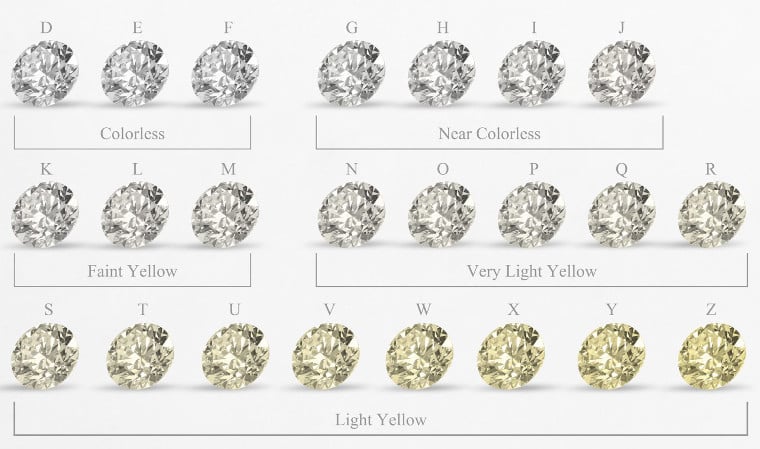
The Rockford Standard
Rockford’s colorless diamonds are proudly sourced in the D-F range. As for colored diamonds, Rockford Collection only uses stones with a grade of Fancy or higher.
Clarity

Clarity acts as the fingerprint of the diamond. Every certified diamond is inspected for clarity by identifying any internal flaws, or inclusions, and external flaws, or blemishes. It goes without saying that the fewer inclusions and blemishes the diamond has, the more valuable the diamond is.
The diamond clarity scale ranges from Included (I₁, I₂, I₃), to Internally Flawless (IF). No two diamonds are ever exactly the same. Although to the naked eye an SI (slightly included) diamond and a VVS (Very, very, slight inclusion) diamond may look the same, they are actually very different in overall quality.
The Rockford Standard
Rockford diamonds are always VS₁ or higher. Want the best the market has to offer? We are more than happy to source any quality diamond, including Internally Flawless diamonds, upon request.
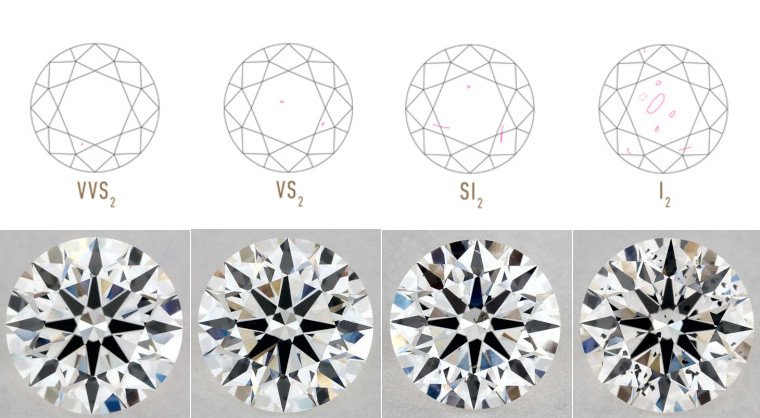 (From left to right- Internally Flawless, Very Slightly Included₂, Slightly Included₂, and Included₂ diamond specimens)
(From left to right- Internally Flawless, Very Slightly Included₂, Slightly Included₂, and Included₂ diamond specimens)
Carat Weight
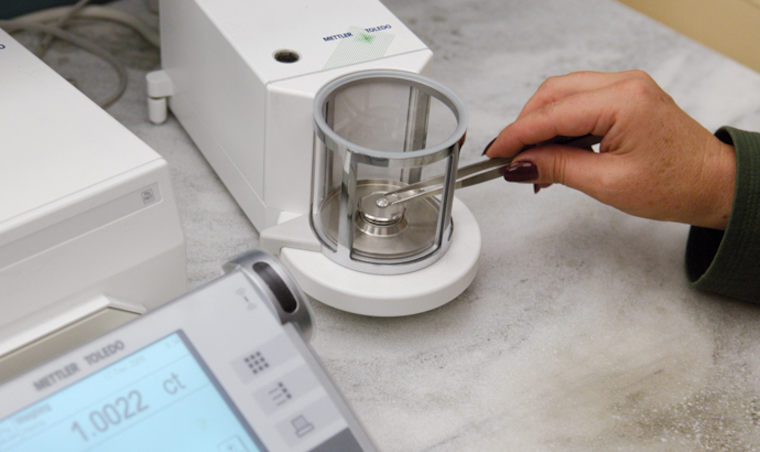
Simply put, the carat weight measures how much a diamond weighs, not how big it looks. For instance, a 2 carat diamond is not 2x as big visually as a 1 carat. Carats are broken down into points, 100 points makes one carat. These increments allow jewelers to accurately measure the exact weight of the stone. It is important to remember that a higher carat weight does not directly correlate with a higher price.
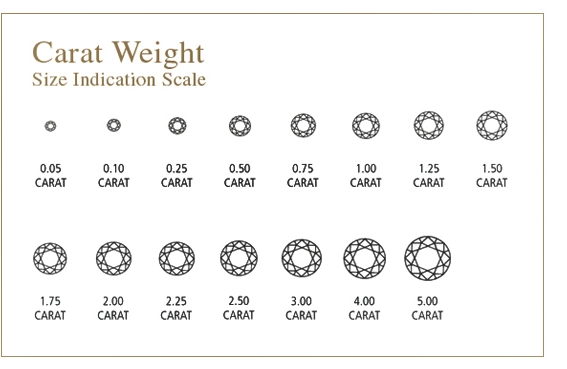
Diamond values are not simply dependent on the carat weight, but on the combination of all four C’s. All else being equal, a higher carat weight would result in a higher value, but that is only if the clarity, cut, and color of the two stones are exactly the same.

The Rockford Standard
Rockford Collection works with the entire range of carat sizes, utilizing everything from melee diamonds to full carat stones. All rings are fully customizable with larger diamonds or gemstones.
Conclusion
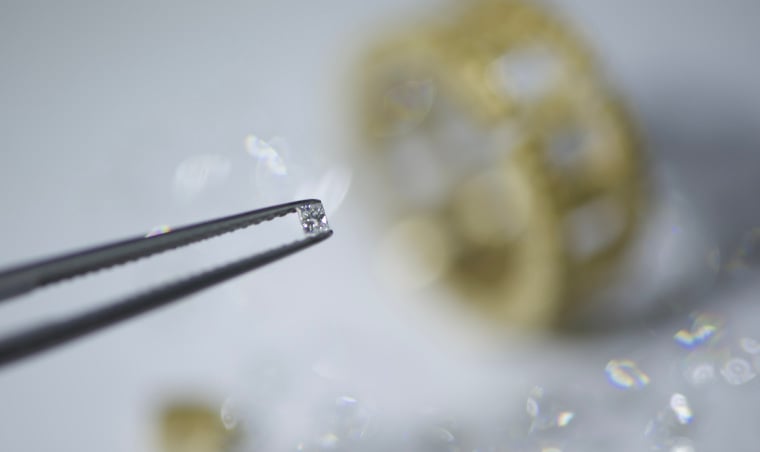
Now that you know how to differentiate between a good and a great diamond, let’s review what we learned.
- Cut - A diamond’s ability to refract light.
- Color - A diamond’s colorlessness. (Ranked on a D-Z scale)
- Clarity - The level of inclusions or flaws in the Diamond (Ranked from IF to I₃)
- Carat Weight - A measure of how heavy the diamond is. (100 points per carat)
Rockford Collection only uses the top ranking diamonds from each of these groups. If you’d like to see our collection of diamond rings for men and women, click here.

